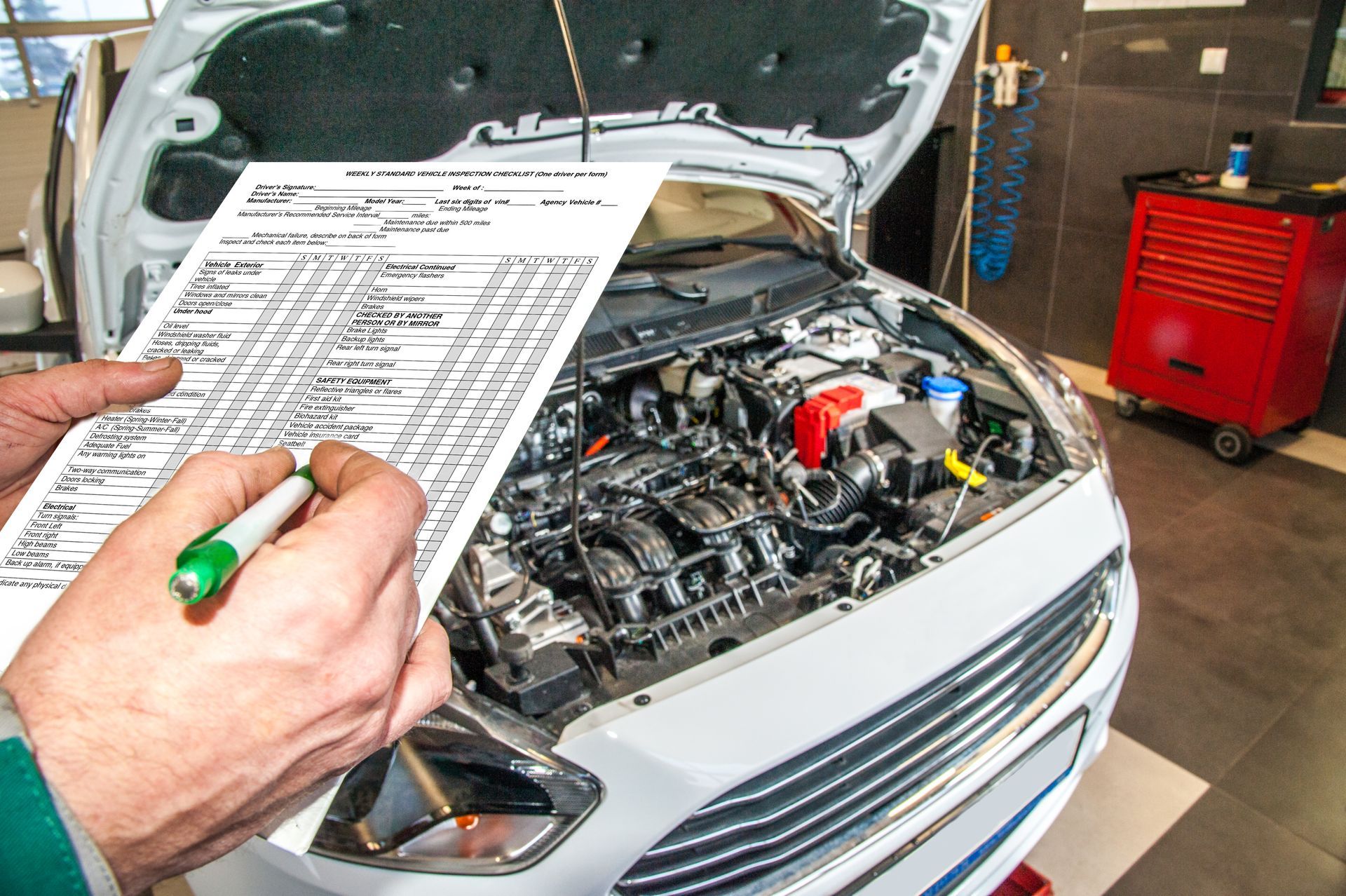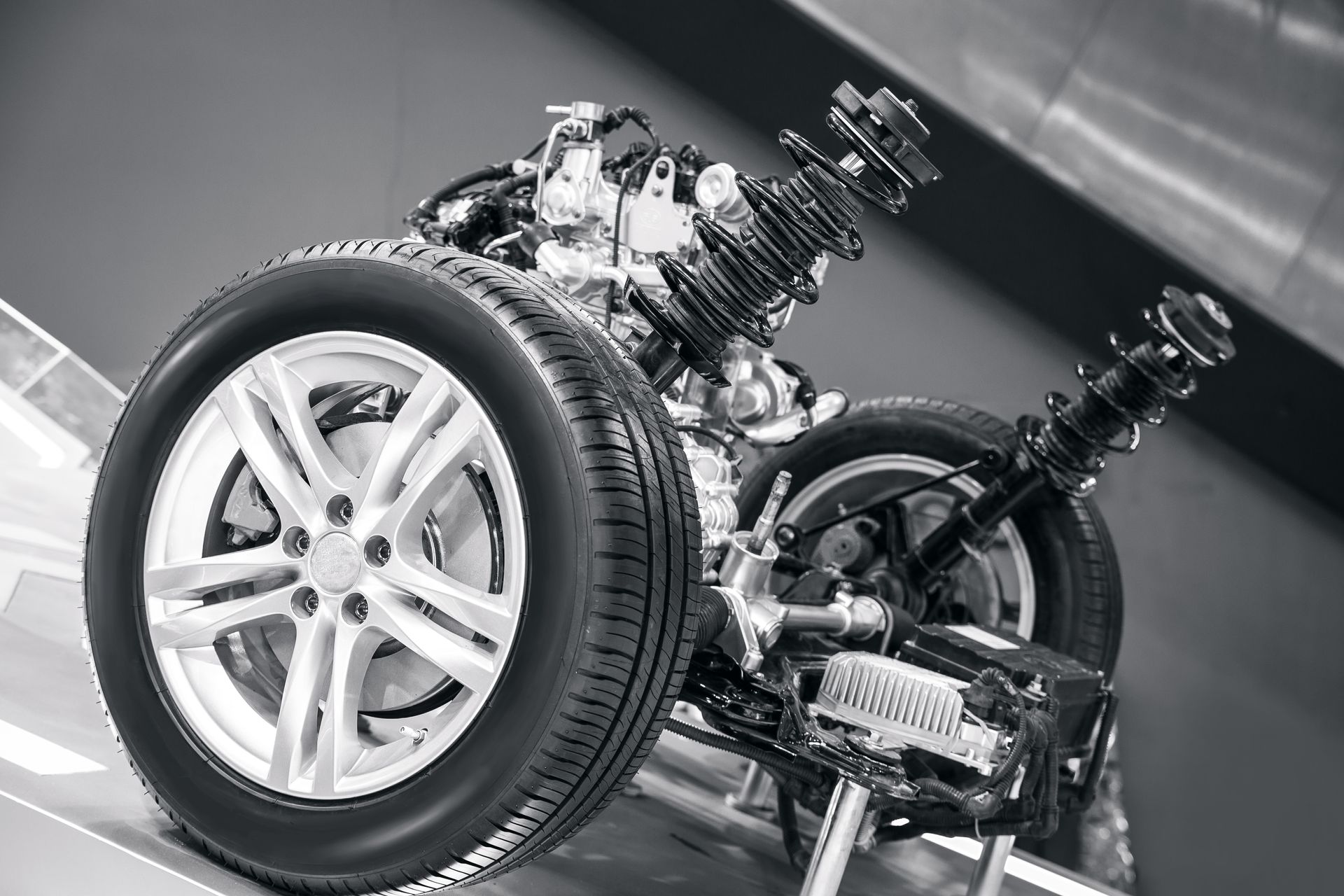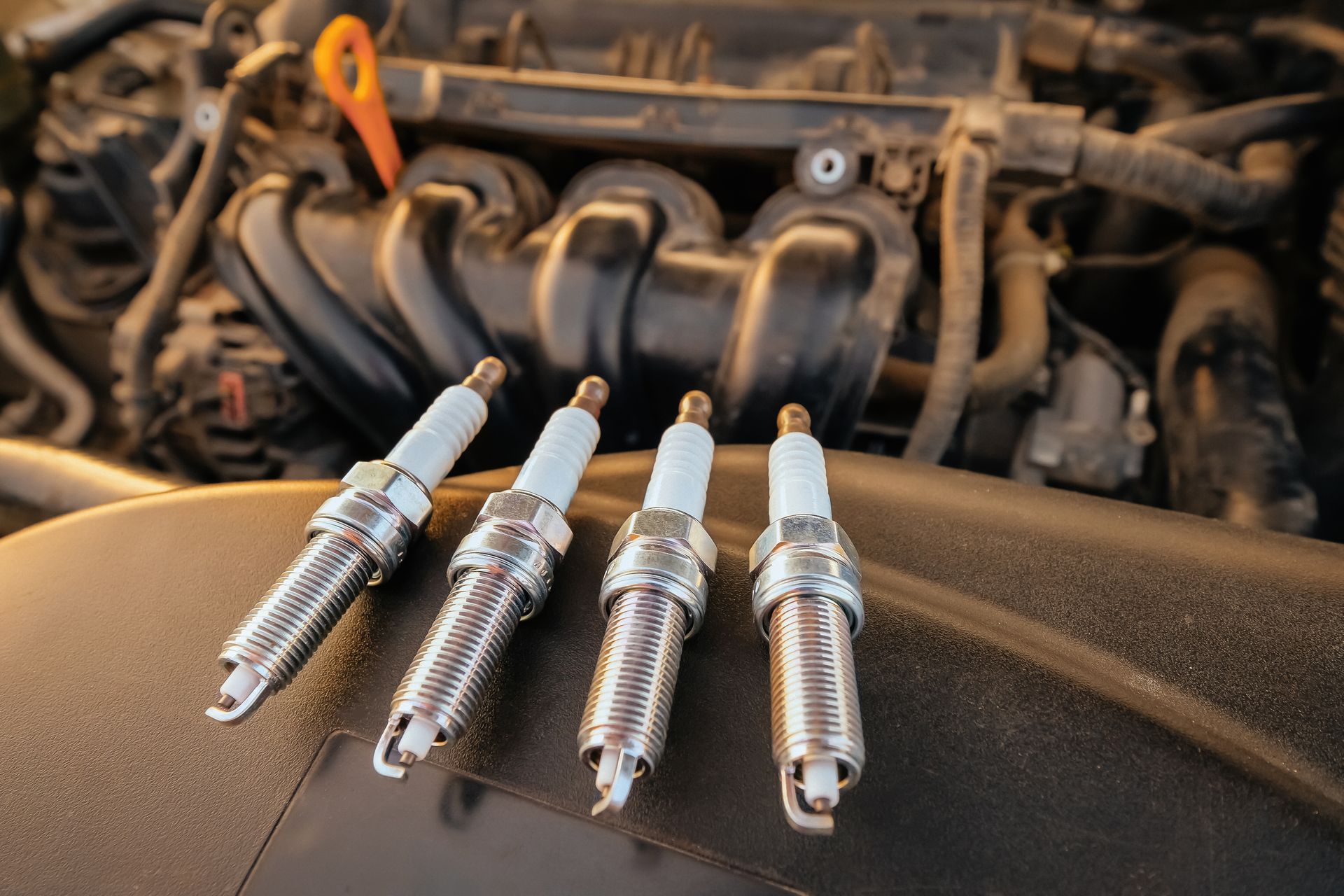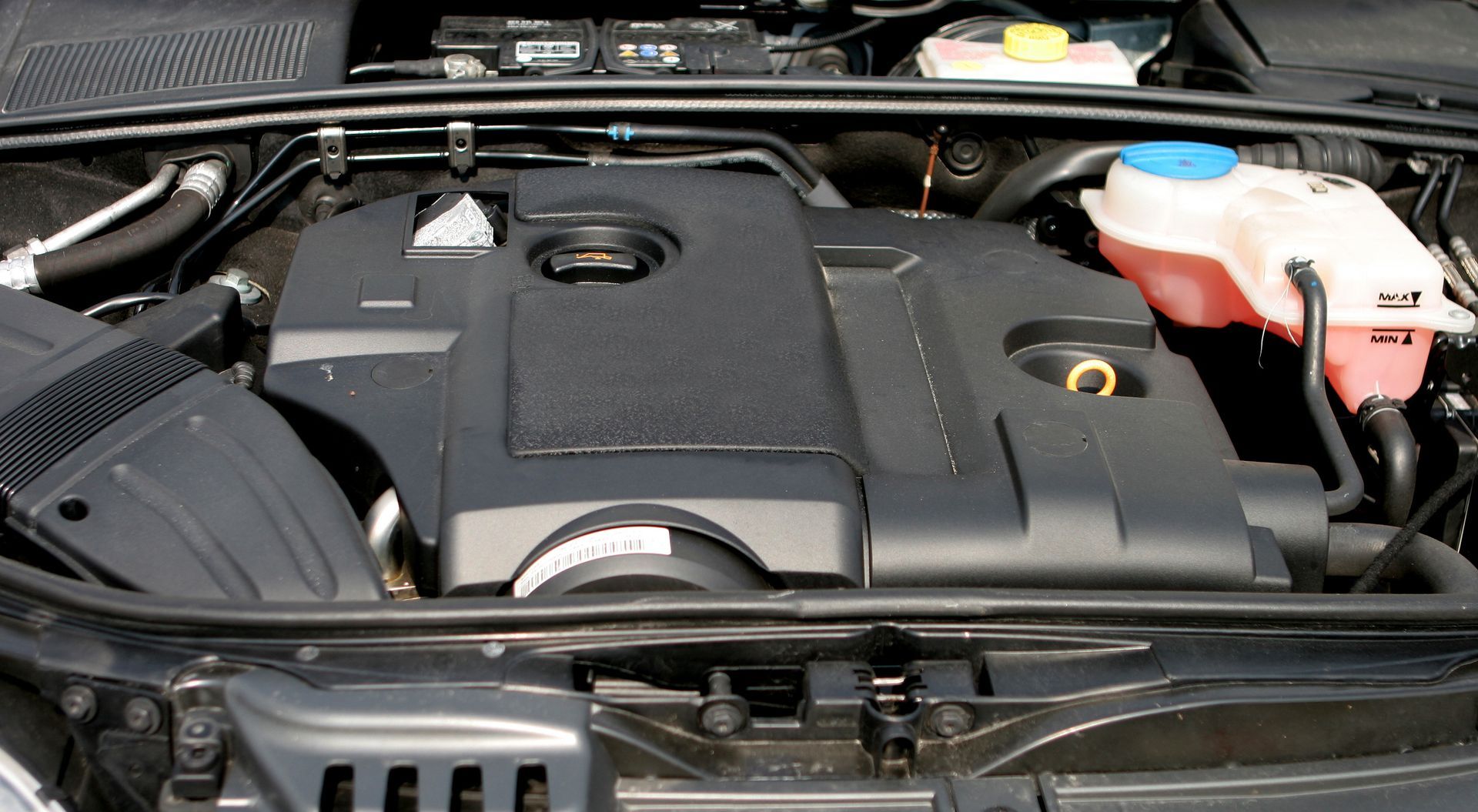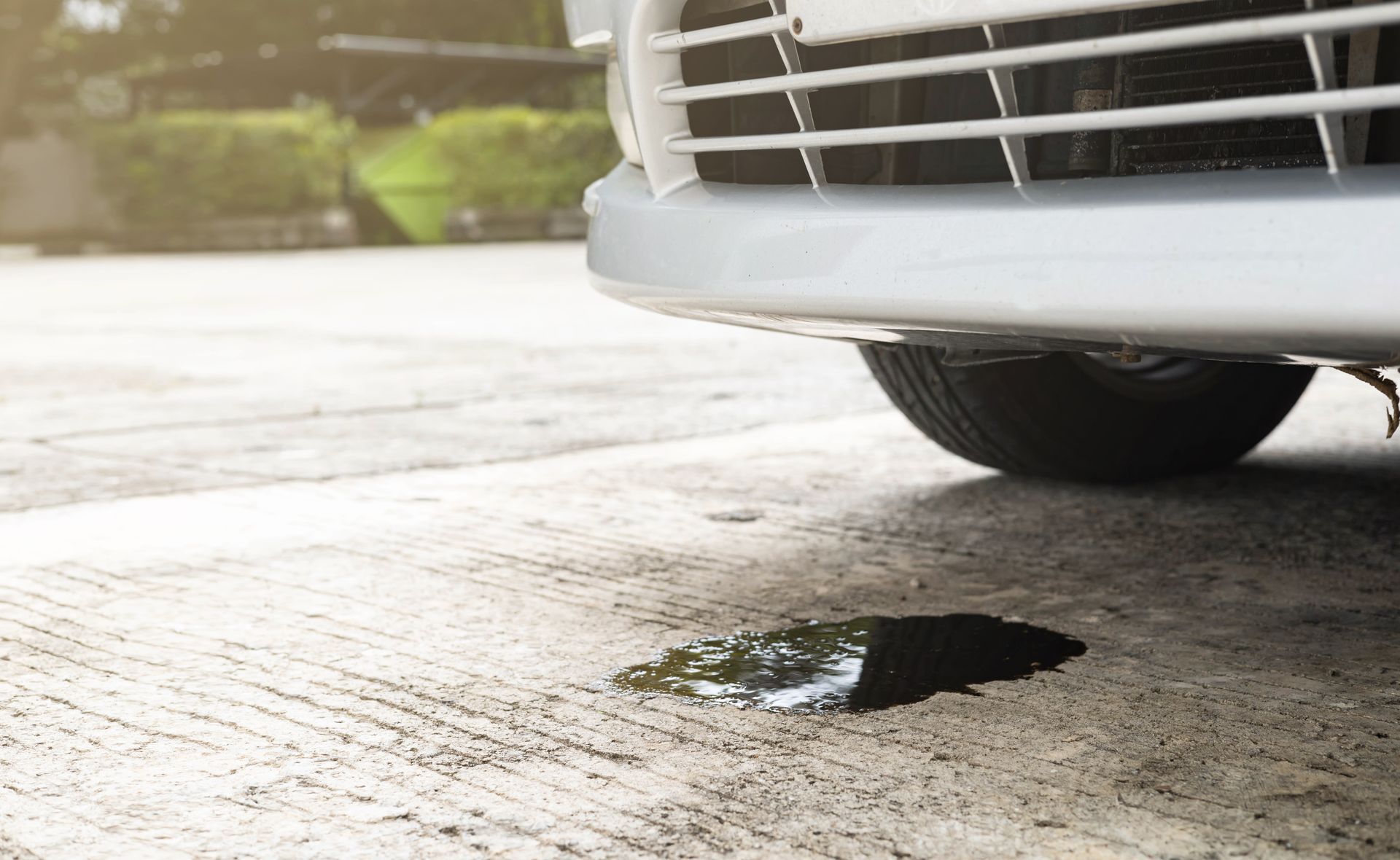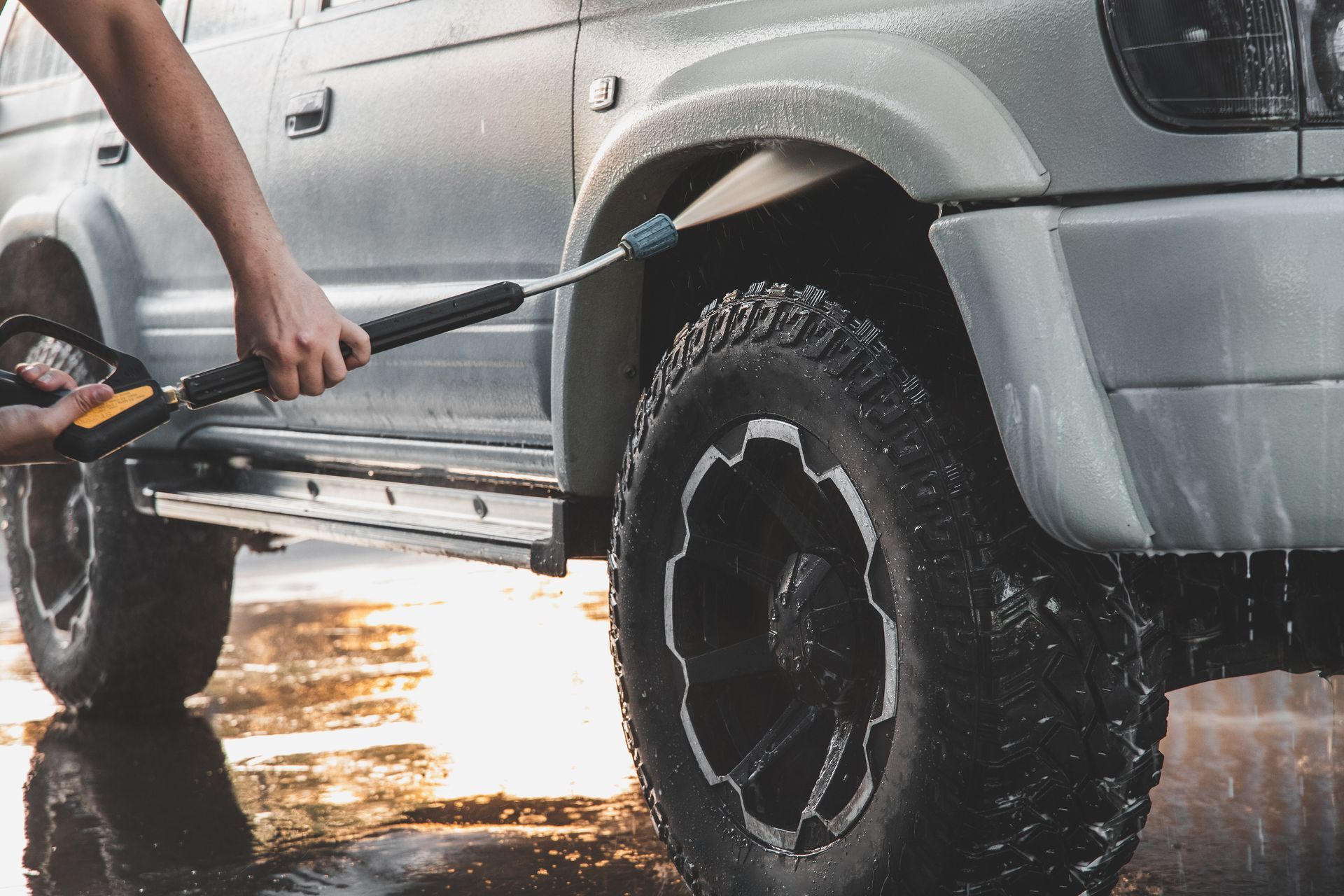Driving should feel effortless, but if your car pulls to one side or your tires wear out unevenly, it’s likely your vehicle needs a wheel alignment. Wheel alignment ensures that your tires meet the road at the proper angle, giving you a smooth ride and prolonging the life of your tires. However, many drivers ignore the early signs of misalignment, which can lead to more issues down the road. So, how can you tell if your car is due for an alignment? Here are six common signs to look out for.
1. Car Pulls to One Side
Have you noticed that your car drifts to the left or right, even when your steering wheel is centered? This is one of the most common indicators that your wheels are out of alignment. It’s subtle at first, but over time, it becomes more noticeable. While uneven tire pressure can cause pulling, consistent pulling means it's time to get your alignment checked.
Even if it’s just a slight tug to one side, it’s a sign that something’s off with your alignment. Ignoring it could lead to uneven tire wear and ultimately reduce the lifespan of your tires.
2. Uneven Tire Wear
Tires wear down over time, but if you notice that the tread on one tire is much more worn than on the others, it’s likely due to poor alignment. Properly aligned tires should wear out evenly across the surface. However, misaligned wheels can cause certain areas of the tire to take on more pressure than others, leading to premature wear.
Regularly inspecting your tires for uneven wear can help you catch this issue early. If you see that the inside or outside edges of your tires are wearing down faster, it’s time to schedule a wheel alignment.
3. Steering Wheel Off-Center
Your steering wheel should naturally sit centered when driving straight. If you find that the logo on your steering wheel is off-kilter, or you have to hold the wheel at an angle to keep your car straight, this is another red flag that your wheels are out of alignment.
An off-center steering wheel is more than just a minor annoyance—it’s a clear signal that your alignment needs attention. The longer you drive with misaligned wheels, the harder it becomes to control your car effectively, especially in emergency situations.
4. Vibrating Steering Wheel
A vibrating steering wheel can indicate a range of issues, but one of the most common culprits is misalignment. When your wheels aren’t aligned properly, they can pull in different directions, causing your steering wheel to shake or vibrate, especially at higher speeds.
If the vibrations persist, it’s essential to get your alignment checked. Not only is it uncomfortable, but it’s also unsafe to drive with an unstable steering wheel. Ignoring this symptom can lead to further damage to your vehicle's suspension system.
5. Noisy or Squealing Tires
Your tires should be relatively quiet on the road. However, if you start hearing squealing or excessive noise when turning or driving at certain speeds, it could be another sign of alignment issues. Misaligned tires experience uneven pressure, which can cause them to screech, especially when turning.
It’s important not to dismiss these sounds as “normal” wear and tear. If your tires are making more noise than usual, it’s worth having them checked out before the problem escalates.
6. Poor Handling or Loose Steering
Does your car feel unstable when you’re driving, especially at higher speeds? Poor handling or loose steering can be a major sign of misalignment. When your wheels aren’t aligned properly, it can feel as though your car isn’t as responsive as it should be, making it difficult to control.
Loose steering can be particularly dangerous, as it affects your ability to make quick turns or react in emergencies. Don’t wait until your steering becomes completely unmanageable. If your car isn’t handling as well as it used to, an alignment could be the solution.
Is your car pulling to one side or wearing tires unevenly? Get your alignment checked at
Gibbon Tire and Auto. Book now and save your tires from premature wear!
